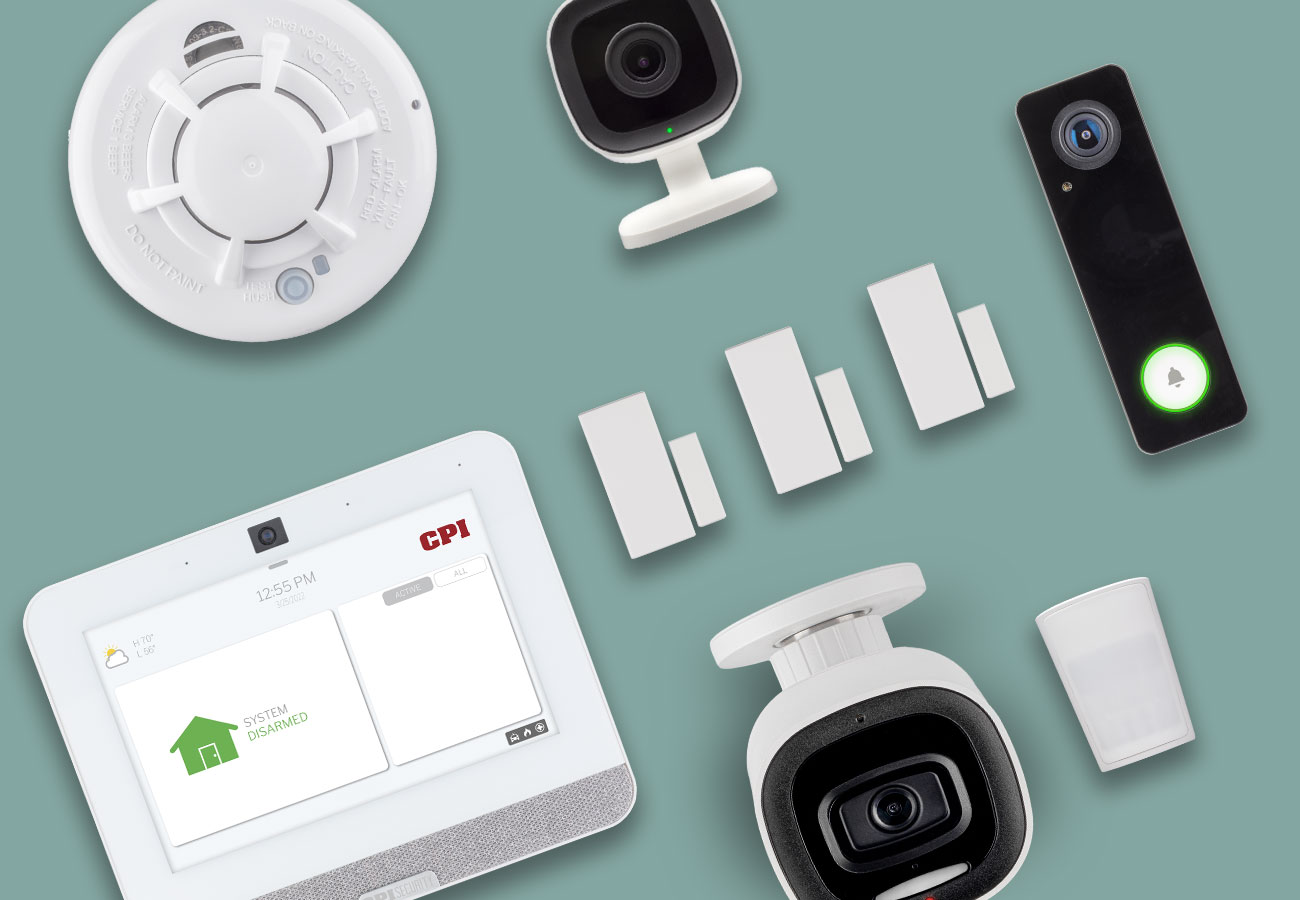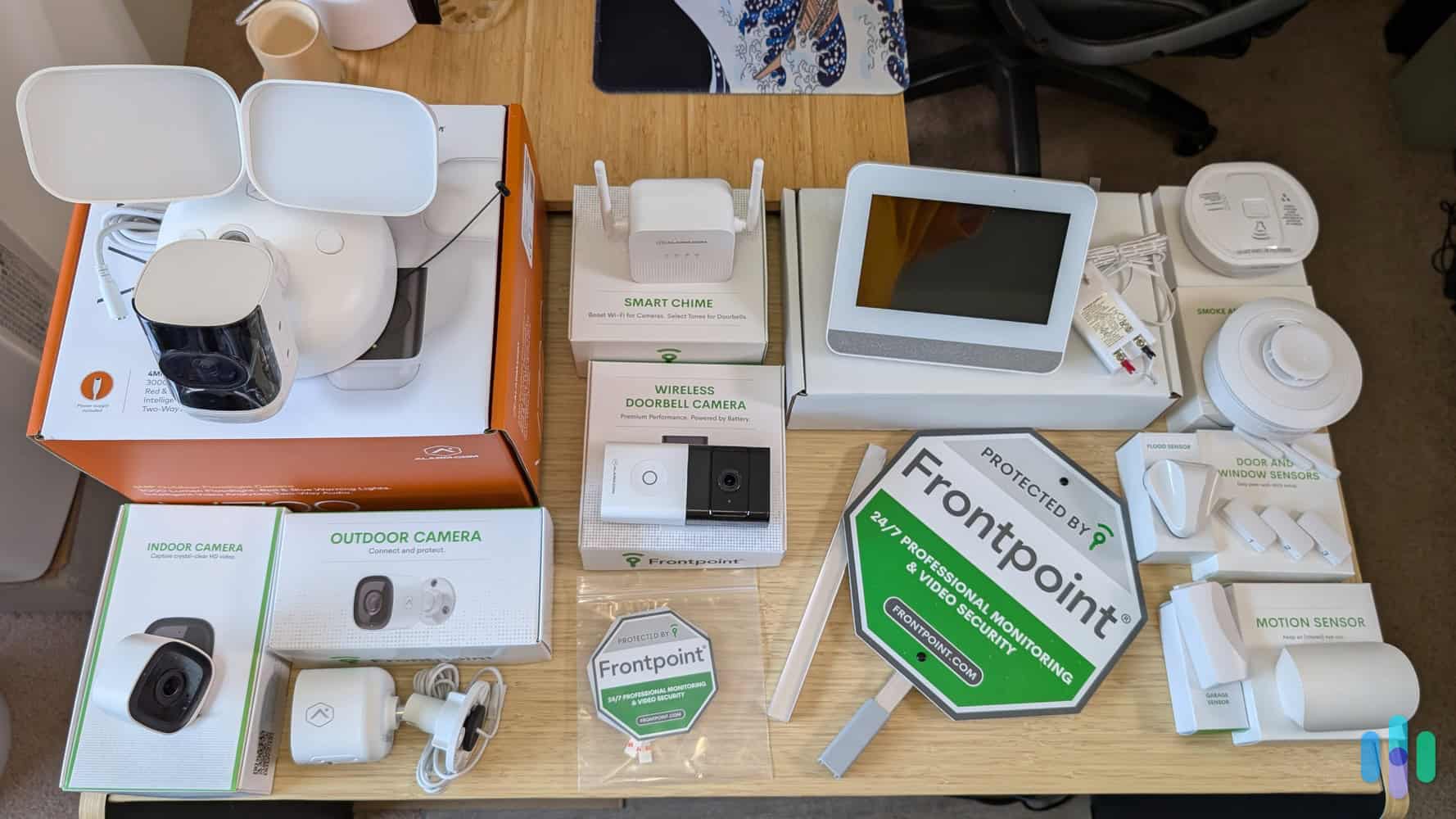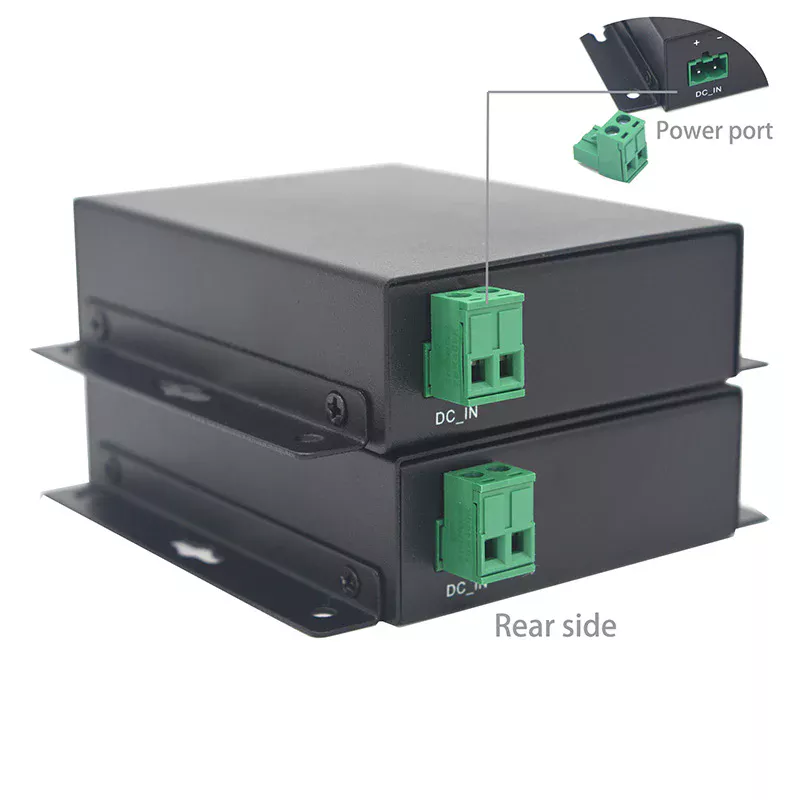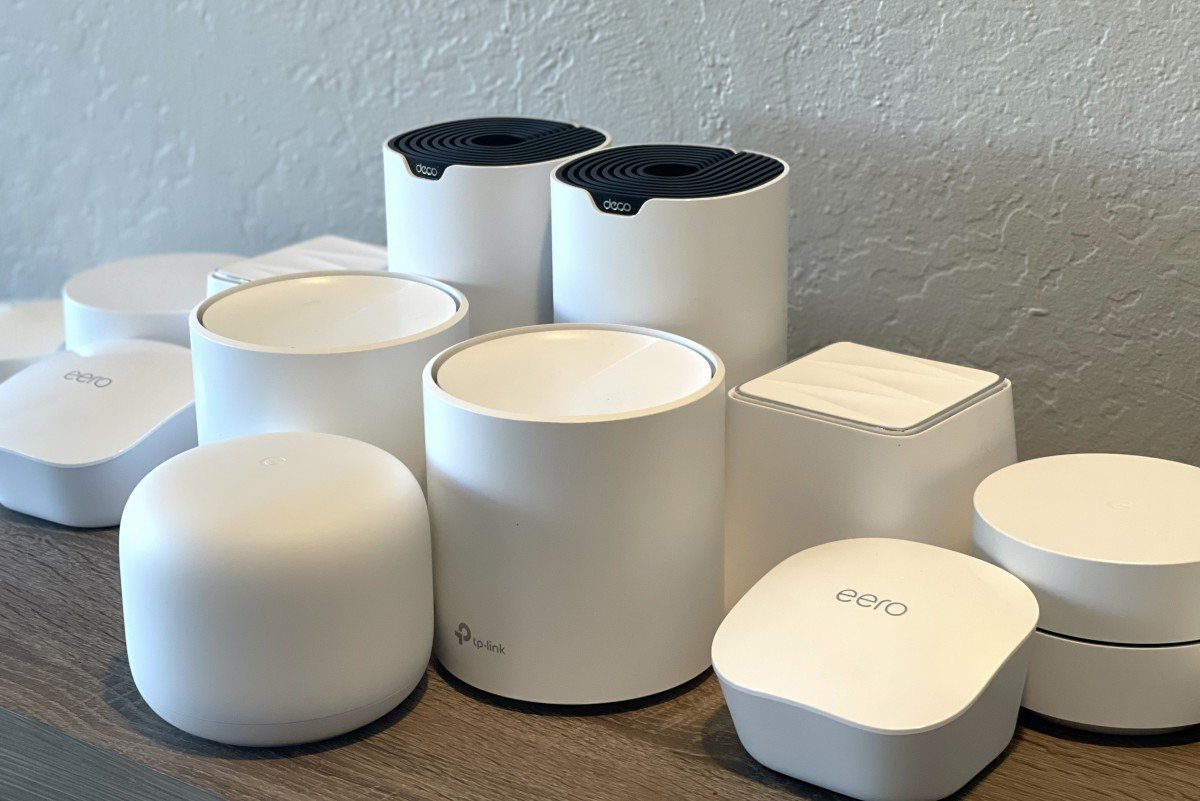When it comes to protecting your home, one question probably keeps popping up: How many sensors do you really need? Too few might leave gaps in your security, while too many could be overwhelming and costly.
Finding the right balance is key to keeping your family and belongings safe without breaking the bank. You’ll discover exactly how to figure out the perfect number of sensors for your home, tailored to your unique space and lifestyle. Keep reading to make sure your home security is smart, simple, and effective.
Types Of Home Security Sensors
Home security sensors help protect your house from intruders and dangers. They detect unusual activity and alert you.
Choosing the right sensors depends on your home’s layout and security needs. Here are common types of sensors used in homes.
Motion Sensors
Motion sensors detect movement inside or outside your home. They trigger alarms when they sense unexpected motion.
These sensors use infrared or microwave technology to spot moving objects. They work best in rooms and hallways.
- Detect body heat or movement
- Cover large areas
- Trigger lights or alarms
Door And Window Sensors
Door and window sensors alert you if someone opens them. They have two parts: one on the frame and one on the door or window.
When the door or window opens, the sensor sends a signal to your security system. These sensors are easy to install.
- Magnetic sensors that detect opening
- Ideal for entry points
- Prevent unauthorized access
Glass Break Sensors
Glass break sensors listen for the sound of breaking glass. They trigger an alarm if they detect glass shattering.
These sensors protect windows and glass doors. They add a layer of security where door sensors may not work.
- Use sound frequency detection
- Cover large glass areas
- Alert quickly to break-ins
Smoke And Carbon Monoxide Detectors
Smoke detectors sense smoke from fires. Carbon monoxide detectors spot this dangerous gas. Both keep your family safe.
These sensors warn you early about fire or gas leaks. They are important for health and safety, not just security.
- Smoke detectors sense particles from fire
- Carbon monoxide detectors measure gas levels
- Essential for every home
Environmental Sensors
Environmental sensors detect issues like water leaks, humidity, or temperature changes. They help prevent damage to your home.
These sensors alert you to problems before they get worse. They protect your property from floods, mold, or freezing pipes.
- Water leak detectors
- Humidity sensors
- Temperature sensors

Credit: cpisecurity.com
Factors Influencing Sensor Quantity
Choosing how many sensors you need for home security depends on many things. These sensors help protect your home from break-ins and emergencies.
It is important to think about your home and lifestyle before buying sensors. This guide explains key factors that affect the number of sensors you need.
Home Size And Layout
Bigger homes usually need more sensors to cover all areas. Complex layouts with many rooms and hallways also require extra sensors for full protection.
Open floor plans might need fewer sensors because fewer walls block the signal. Think about each room and floor when planning sensor placement.
Number Of Entry Points
Every door and window can be an entry point for intruders. Each of these points may need its own sensor to detect when opened or broken.
Count all main and secondary doors, basement windows, and garage entrances. The more entry points you have, the more sensors you will need.
- Front and back doors
- Sliding glass doors
- Basement and garage doors
- Windows on ground and upper floors
High-risk Areas
Some parts of your home may need extra attention. High-risk areas include places that are hidden or have weak lighting.
Places like garages, basements, and dark backyards often need more sensors. Adding motion detectors or cameras here can improve security.
- Garage entrances
- Basements
- Backyards and patios
- Rooms with valuables
Pets And False Alarms
If you have pets, some sensors may trigger false alarms. Pet-friendly sensors reduce this problem but might cost more.
You might need fewer motion sensors or install sensors that ignore small animals. This helps avoid annoying false alerts.
- Choose pet-immune motion detectors
- Place sensors away from pet paths
- Use door and window sensors more
Budget Constraints
Your budget limits how many sensors you can buy. Prioritize sensors for key entry points and high-risk areas first.
Start with basic sensors and add more over time. Look for a balance between coverage and cost to protect your home well.
- Buy sensors for main doors and windows first
- Add motion sensors in important rooms
- Expand coverage as budget allows
Calculating Sensor Needs Room By Room
Choosing the right number of sensors for your home security is important. It keeps your house safe without wasting devices.
Look at each room and area to decide how many sensors you need. Think about entrances, windows, and common spots.
Living Rooms And Common Areas
These areas often have many windows and doors. Place sensors near all main entry points. Motion sensors work well here too.
- One sensor on each exterior door
- Window sensors for larger or ground-level windows
- Motion sensor covering the main open area
Bedrooms And Private Spaces
Bedrooms need sensors at doors and any accessible windows. Avoid placing motion sensors where pets roam to reduce false alarms.
| Location | Recommended Sensor | Notes |
| Bedroom Door | Door Contact Sensor | Detects door opening |
| Windows | Window Contact Sensor | For windows reachable from outside |
| Inside Room | Motion Sensor (optional) | Only if pets are not present |
Kitchens And Utility Rooms
Focus on doors and any windows in these rooms. Utility rooms with external access need extra protection.
- Door sensors on all entry points
- Window sensors for any external windows
- Consider motion sensors if the room is large
Garages And Outdoor Spaces
Garages and outdoor areas require strong coverage. Use a mix of sensor types to cover doors, windows, and open spaces.
| Area | Sensor Type | Purpose |
|---|---|---|
| Garage Door | Door Contact Sensor | Detects opening |
| Garage Windows | Window Contact Sensor | Alerts on break-in |
| Driveway / Yard | Motion Sensor | Detects movement outside |
| Back Door | Door Contact Sensor | Main access point |

Credit: www.inkl.com
Balancing Coverage And Cost
Choosing the right number of sensors is key to home security. You want enough to cover important areas. At the same time, you want to keep costs reasonable. Finding a balance helps protect your home without overspending.
Each home is different. Some need more sensors in certain spots. Others can use fewer if sensors cover multiple functions. This guide helps you plan wisely.
Prioritizing Critical Zones
Focus on areas where a break-in is most likely. Doors and windows on the ground floor are high priority. Also consider garages and basement entrances. These spots need the most coverage to keep your home safe.
- Main entry doors
- Ground floor windows
- Garage doors
- Basement entrances
- Common areas inside the home
Choosing Multi-function Sensors
Multi-function sensors detect motion, glass break, and temperature changes all in one device. They save money by reducing the number of sensors needed. This option also lowers installation complexity and maintenance.
| Sensor Type | Functions | Cost |
|---|---|---|
| Single-function | One type of detection | Low |
| Multi-function | Motion, glass break, temperature | Medium |
| Smart sensors | Multi-function plus app alerts | High |
Diy Vs Professional Installation
Installing sensors yourself can save money. You choose where to place each sensor. This option suits simple setups and small budgets. Professionals offer expert placement and system testing. They may catch blind spots you missed.
- DIY installation: cheaper, flexible, but needs your time
- Professional installation: costlier, thorough, saves effort
Integrating Sensors With Smart Home Systems
Adding sensors to your home security system helps protect your house. These sensors work well with smart home systems. They can alert you to changes and keep your home safe.
Smart home integration lets you control sensors from one place. It makes your security system easier to use and more effective.
Compatibility Considerations
Before buying sensors, check if they fit your smart home system. Different brands use different signals and apps. Make sure sensors and the system can talk to each other.
- Look for sensors that support your smart home hub.
- Check if the sensor uses Wi-Fi, Zigbee, or Z-Wave.
- Read user reviews about compatibility issues.
- Confirm the sensor app works with your phone.
Remote Monitoring Options
Smart home systems let you watch your sensors from far away. You can get updates on your phone or computer. This helps you act fast if something happens.
| Monitoring Feature | Benefits |
| Mobile alerts | Instant updates on your phone |
| Live video feed | See what is happening in real time |
| Sensor status check | Know if sensors are working |
| History logs | Review past alerts and events |
Automation And Alerts
Smart home systems can automate actions based on sensor signals. You can set alerts or trigger devices to keep your home safe.
- Turn on lights if a door opens
- Send alert when motion is detected
- Activate alarm when glass breaks
- Lock doors automatically at night

Credit: cpisecurity.com
Maintenance And Sensor Lifespan
Knowing how many sensors you need is only part of home security. Keeping sensors working well is just as important. Regular care helps sensors last longer and stay reliable.
This section explains how to maintain your sensors. It covers testing, battery changes, and upgrades to keep your home safe.
Regular Testing
Test your sensors often to make sure they work. This helps find problems early. Most sensors should be tested once a month.
Testing is simple. Trigger the sensor and check if the alarm sounds or alerts you. Fix or replace any sensor that does not respond.
- Test door and window sensors by opening them
- Check motion sensors by walking in front of them
- Test glass break sensors by simulating a noise
Battery Replacement
Sensors need batteries to work. Replace batteries regularly to avoid sensor failure. Some sensors use AA or AAA batteries, while others use coin cells.
Check battery life at least twice a year. Many systems alert you when batteries are low. Replace batteries right away when you get a warning.
- Use the battery type recommended by the manufacturer
- Keep spare batteries on hand
- Dispose of old batteries safely
Upgrading Sensors Over Time
Sensor technology improves often. Upgrading helps keep your home secure with better features. New sensors may detect threats faster or last longer.
Replace old sensors every 5 to 10 years. Check if your system supports new sensor models before upgrading. Upgrading helps avoid false alarms and improves battery life.
Frequently Asked Questions
How Many Sensors Are Needed For A Typical Home?
A typical home requires 5 to 10 sensors. This includes door, window, and motion sensors for full coverage. The exact number depends on home size and entry points. Proper sensor placement ensures effective security monitoring and quick alerts.
Where Should I Place Sensors For Best Coverage?
Place sensors on all main entry points like doors and windows. Install motion sensors in hallways and large rooms. Avoid placing sensors near heat sources or vents to reduce false alarms. Proper placement maximizes detection and security system efficiency.
Can I Add Sensors To My Existing Security System?
Yes, most security systems allow adding sensors. Check your system’s compatibility before purchasing new sensors. Adding sensors improves coverage and enhances home security. Regularly update your system to integrate new devices seamlessly.
Do More Sensors Mean Better Home Security?
More sensors can improve security but only if placed strategically. Overloading with sensors may cause false alarms and maintenance issues. Quality and proper placement matter more than quantity for effective home protection.
Conclusion
Choosing the right number of sensors boosts your home security. Think about your home’s layout and key areas. Entry points like doors and windows need attention. Outdoor spaces can benefit from extra coverage. Balance your budget with your security needs.
Sensors offer peace of mind without overwhelming costs. Consider wireless options for flexibility. Regularly check and maintain your system. Secure your home smartly with strategic sensor placement. Safety starts with informed decisions. Protect your loved ones with the right tools.
Make your home a safe haven with well-placed sensors.
19 min read








